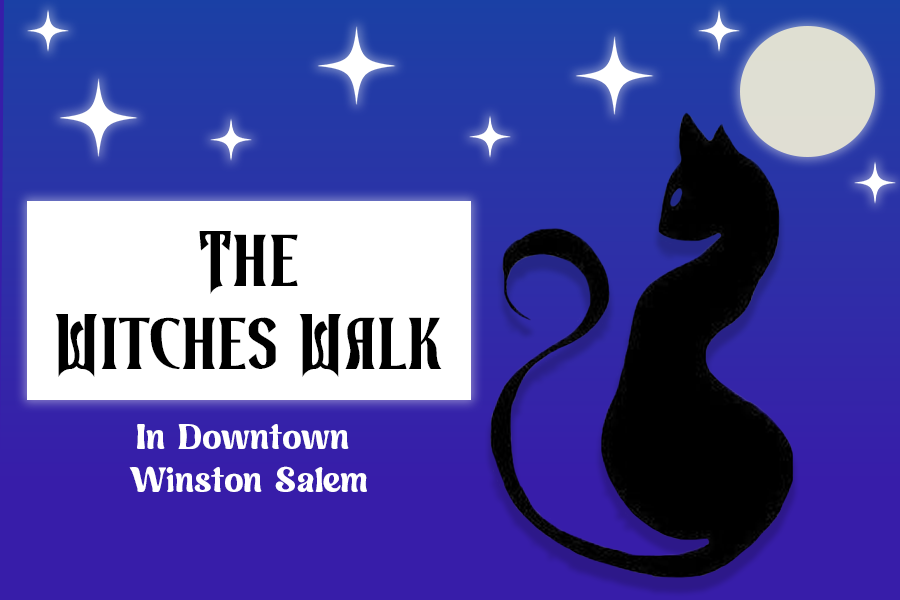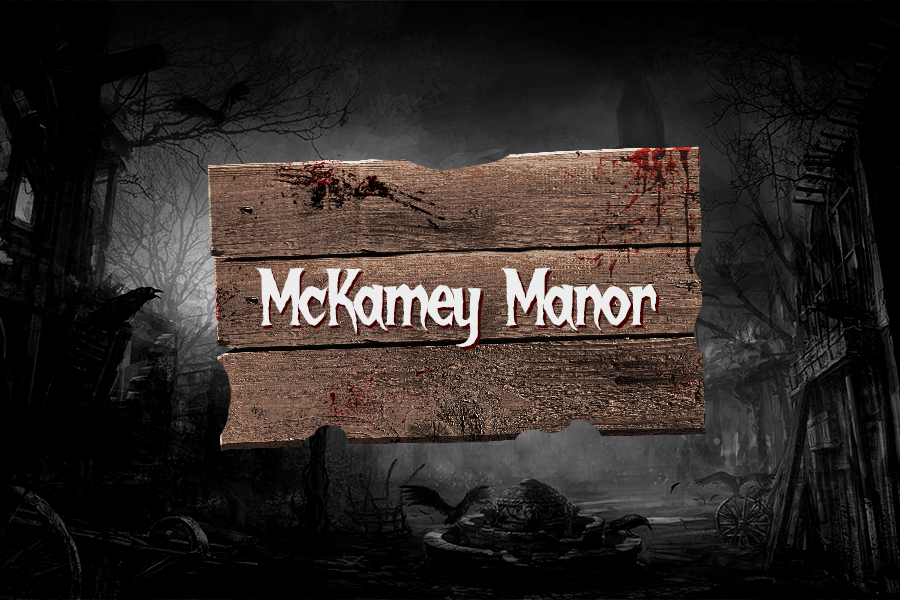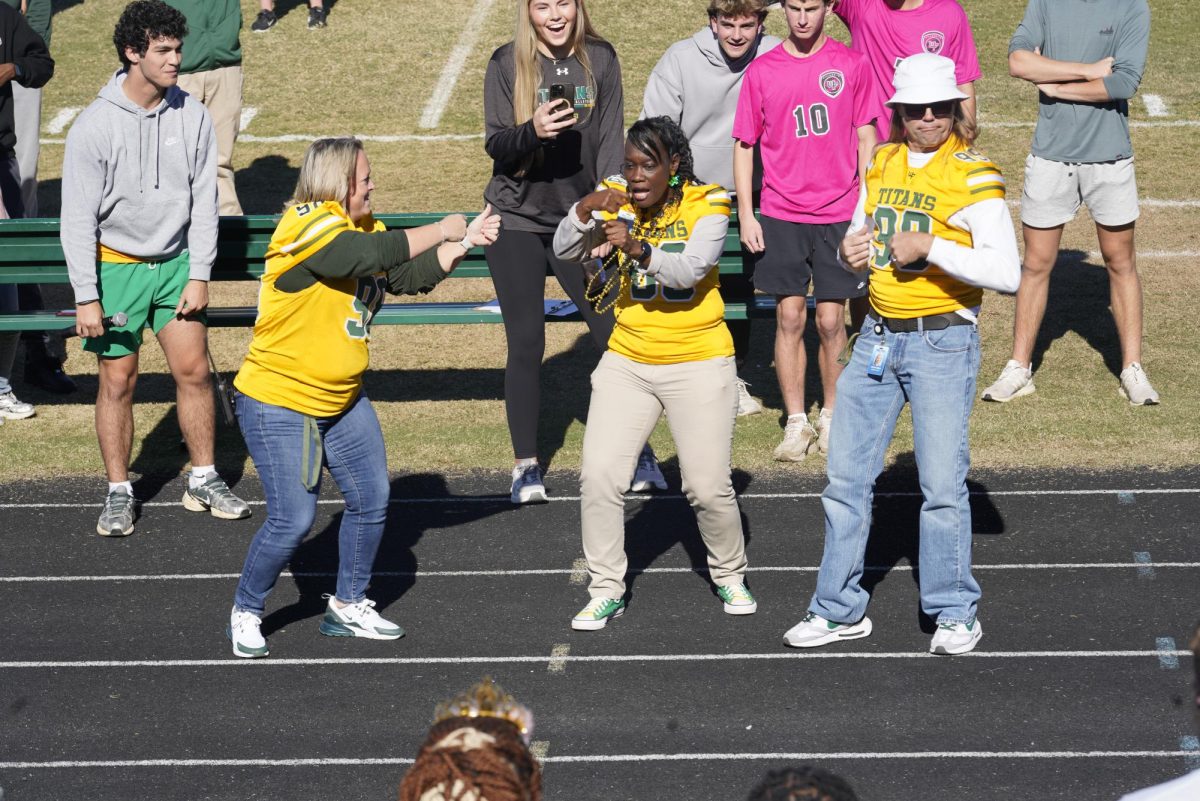Oh My Gourd! Thanksgiving facts you’ve got all wrong
November 21, 2020
We all know the story of the first Thanksgiving with the harvest feast shared by the English colonists and the Native American people. However, the story that we’ve all been told is not as accurate as we were raised to believe.
Myth 1: Turkey was served at the first Thanksgiving feast: Although it’s nice to think that the European settlers and the Wampanoag tribe came together and enjoyed green beans, mashed potatoes and turkey like we do today, there is no evidence of this. The meat of choice could’ve been anything from goose to venison. As Peppermint Patty wondered in A Charlie Brown Thanksgiving, “What kind of Thanksgiving dinner is this? Where’s the turkey, Chuck? Don’t you know anything about Thanksgiving dinners? Where’s the mashed potatoes? Where’s the cranberry sauce? Where’s the pumpkin pie?”
Myth 2: The Native Americans were invited by the Europeans: The Wampanoag tribe was not actually invited by the colonists, as you might have assumed. According to Plimoth Plantation’s Research Administration, it is unknown how the tribe came to attend the harvest feast. “We don’t know for sure how it came that they [the Wampanoag Indians] were there,” said Tom Begley, member of the administration. Although, some suggest that the Wampanoag people heard the settlers firing guns, and they came to see what all of the noise was.
Myth 3: The first Thanksgiving was a joyous occasion: I don’t mean to rain on your Thanksgiving parade, but the first Thanksgiving wasn’t a particularly happy event. The previous year for the Europeans who had been sailing on the Mayflower, intending to land at the Hudson River, was a rough one. By the fall of 1621, a lot of lives were lost due to malnourishment, illness and a harsh northeastern winter. Their Thanksgiving was more of a day that the settlers used to give thanks for the successful harvest and remember the ones they had lost.
Myth 4: Thanksgiving has always been family based: Sadly, the family ideals of Thanksgiving are a relatively recent addition to the holiday. Most of the women had died during the rough travel to the New World, meaning that the families were not whole. The attendees of the first Thanksgiving were mostly men and children.
Myth 5: The first Thanksgiving began the holiday: The history of Thanksgiving is an interesting one. Historians know there were feasts in the colony during 1623, and different colonies celebrated days of “Thanksgiving” throughout the year. On top of that, the original 1621 Thanksgiving wasn’t thought of as a new tradition at the time; it wasn’t until 1789 that George Washington recognized Thursday, Nov. 26 as a holiday. The day of Thanksgiving changed throughout the years from the fourth Tuesday to the third Thursday and ultimately the fourth Thursday of November.
The story of the “first Thanksgiving” has been told and stretched in many different ways. From movies to children’s books to school textbooks, we have seen and told the story many times throughout our lives. Even though your image of that first Thanksgiving might not be historically accurate, it’s still a sweet story. Thanksgiving can mean something different to everyone.





